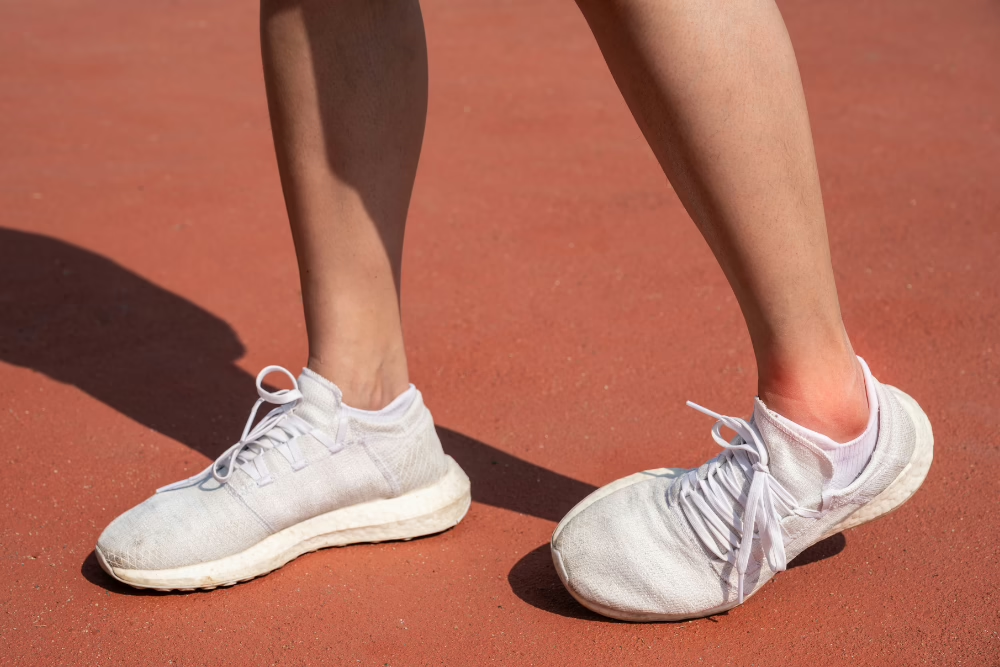Foot & Ankle
Our doctors have the knowledge that comes from years of experience focused on the diagnosis, treatment, and prevention of the full spectrum of foot-ankle injuries and disorders.
Our four specialists take care of patients with foot and ankle concerns throughout the day in clinic. Each doctor’s practice provides this specialty-focused care. The physicians can help you with diagnosis and treatment of such problems as arthritis, fractures and other trauma, plantar fasciitis, tendonitis, Achilles tendon injuries, and sprains.
Our personalized foot & ankle injury care includes both surgical and non-surgical treatments.
What Causes Foot & Ankle Pain?
Complaints such as bunions, hammer toes, neuromas, tendonitis, sprains, deformities, plantar fasciitis, corns and calluses are some common causes of foot and ankle pain.
Anatomy of the Foot & Ankle
The ankle joint is comprised of three bones: the tibia, talus, and fibula.
- Tibia: The tibia, often referred to as the shinbone, is the larger and medial of the two bones located in the lower leg, the other being the fibula. It plays a critical role in weight-bearing and locomotion, serving as a primary point of attachment for several muscles and ligaments. Proximally, the tibia articulates with the femur at the knee joint, while distally, it connects with the ankle bones, primarily the talus.
- Talus: The talus is a unique bone situated within the ankle joint. Serving as a pivotal bridge between the leg and the foot, it connects the tibia and fibula above with the calcaneus below. The talus is crucial for foot mobility, especially during movements like walking, running, and jumping. Due to its position and function, the talus plays a critical role in transferring weight and forces across the ankle joint.
- Fibula: The fibula is the slender bone located on the lateral side of the lower leg, parallel to the tibia. Although it is not directly involved in bearing the body’s weight, the fibula is essential for muscle attachment and provides lateral stability to the leg. At its proximal end, the fibula forms a joint with the tibia, and at its distal end, it plays a role in the ankle joint, articulating with the talus alongside the tibia. The prominence felt on the outer aspect of the ankle is the lateral malleolus, which is the distal end of the fibula.
Foot & Ankle Conditions Treated:
- Achilles injuries
- Arthritis
- Chronic pain
- Fractures
- Plantar Fasciitis
- Sports injuries
- Tendonitis
- Sprains
Learn More
Check out our conditions and surgeries page.
Read helpful information at the American Orthopaedic Foot & Ankle Society
Read more at the American Academy of Orthopaedic Surgeons patient information website.
Our Foot & Ankle Specialists
Recent News On Foot & Ankle












